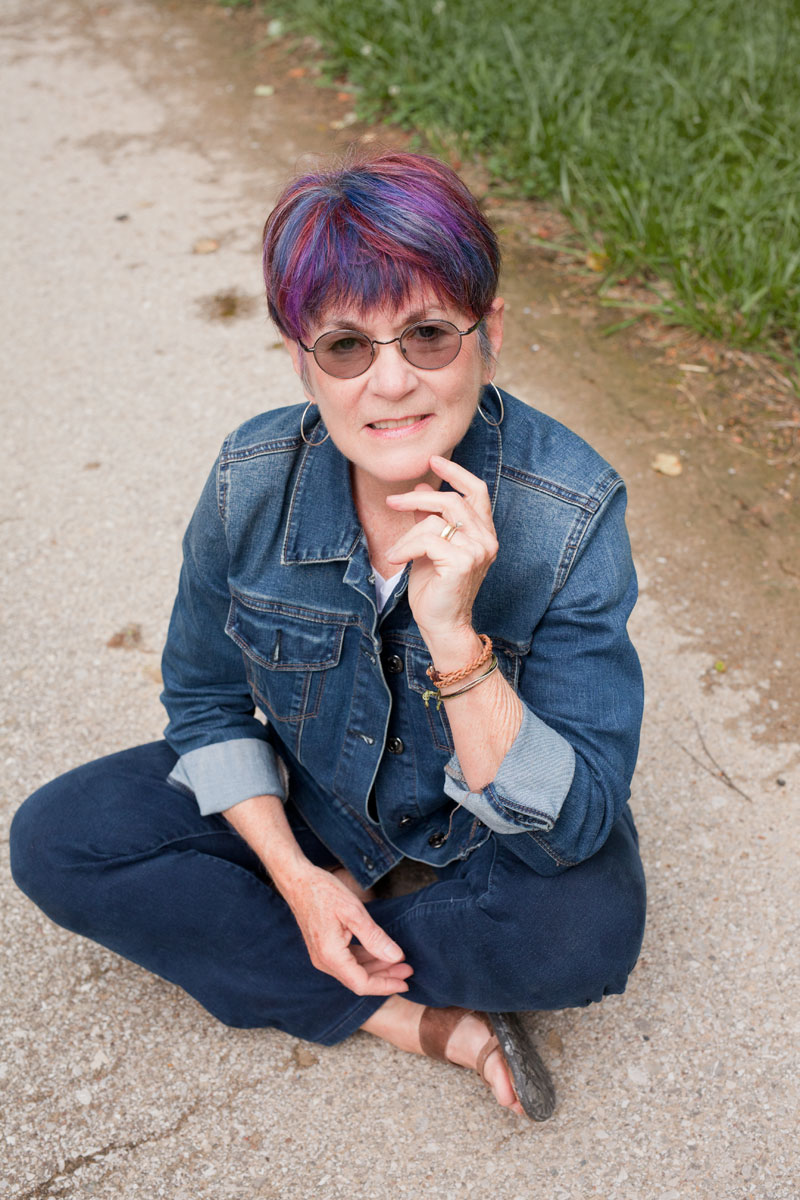My Journey to Vibrant Living – A Story of Faith, Pain, and Healing
For as long as I can remember, I’ve loved art. Drawing, painting—creating beauty with my hands brought me joy. But in my mid-30s, that joy was taken from me. Holding a paintbrush, gripping a pencil—simple movements became painful. My hands ached, my joints stiffened, and what once felt effortless became unbearable.
At first, I did what many do. I turned to prescriptions. They dulled the pain, but at a cost—I soon found myself battling stomach issues from the medication.
Faced with an impossible choice, I stopped taking the meds. Instead, I learned to live with the discomfort, pushing through each day while praying for and searching tirelessly for a natural solution.
For 25 years, I experimented: I cleaned up my diet, removed toxins from my home, I found plant-based supplements that helped. But no matter what I tried, nothing fully restored what I had lost. The stiffness, the inflammation, the loss of mobility—it all continued creeping in. I resigned myself to believing that creaking knees, aching hips, and brain fog were just part of getting older. I thought this was normal.
Then, everything changed.
God sent the answer, something so simple, yet so powerful, it felt like a miracle. And today? I’m not just living—I’m thriving. I wake up energized, move freely, and do the things I love again. I paint. I travel. I play with my grandkids. I hike, I camp, and I explore the world around me with a heart full of gratitude. Sure, I may move a little slower, and I take fewer risks than I did in my 20s—but life is good.
And just as I want you to know Jesus and have a personal relationship with Him, I want this wellness for you, too.
If you’re feeling stuck in a body that doesn’t move like it used to… if you’ve been told that pain and fatigue are just “part of aging”… if you’ve been searching for a natural way to reclaim your energy and mobility—friend, you’re in the right place.
I’m here to share what I’ve learned, to help you on your journey, and to remind you that it’s never too late to feel good again.
Let’s walk this path together.
